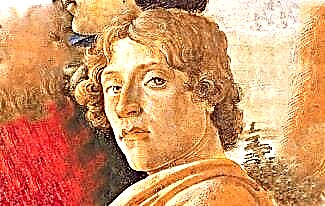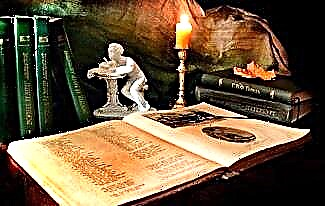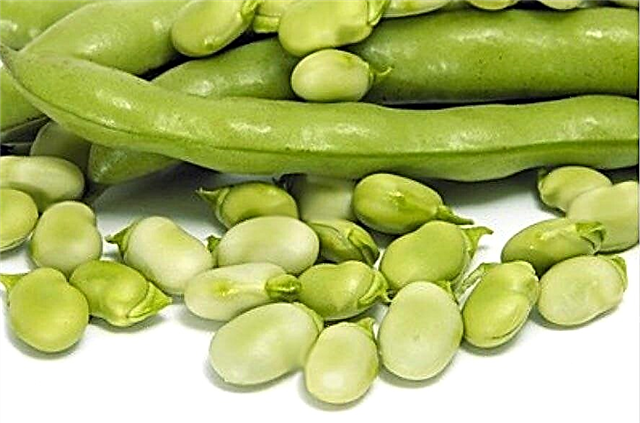Interesting facts about nasturtium Is a great opportunity to learn more about colors. They can be seen on the land plots of summer residents and the territories of private houses. Depending on the species, nasturtiums can have a wide variety of shades and shapes. However, few people know that they can be used for cosmetic and medicinal purposes.
So, here are the most interesting facts about nasturtium.

- Today, about 90 species of plants of the nasturtium family are known.
- In Russia, the plant has long been called "capuchin" because of the external resemblance of a flower with a monk's hoodie.
- In states with hot climates, nasturtiums are pollinated by hummingbirds (see interesting facts about hummingbirds).
- Did you know that all parts of nasturtium, with the exception of the roots, can be eaten?
- Nasturtium is widely used for medicinal purposes. It is rich in vitamins B and C, tropeolin, essential oils, iodine, potassium and many other trace elements.
- As a decoration for gardens, nasturtium began to be widely used only in the 16th century.
- Nasturtiums are used as companion plants for biological pest control, repelling some pests and attracting predatory insects.
- An interesting fact is that the flower helps to normalize the work of the central nervous system, strengthens blood vessels, increases immunity, reduces pain, and also removes carcinogens from the body.
- Nasturtium is often found in the form of vines.
- Nasturtium juice is effective in treating burns and removing warts.
- Extracts from nasturtium are found in cosmetics aimed at smoothing wrinkles and fighting acne.
- Plant extracts are added to certain types of cheese, after which they acquire a special flavor.
- It is curious that nasturtium was among the favorite flowers of the famous painter Claude Monet (see interesting facts about Monet).
- Nasturtium seeds produce an excellent edible oil that tastes like mustard oil.
- Once the tubers of nasturtium were considered a real delicacy among some peoples of South America.









